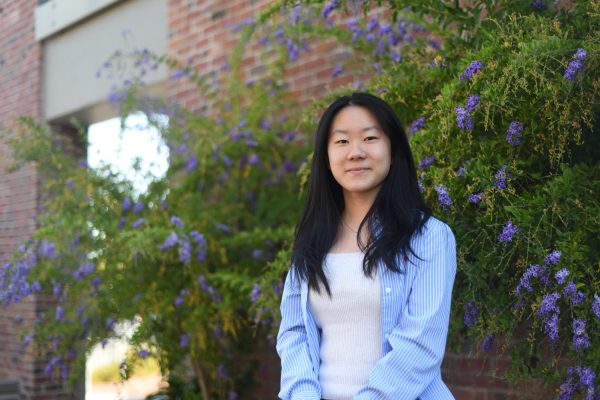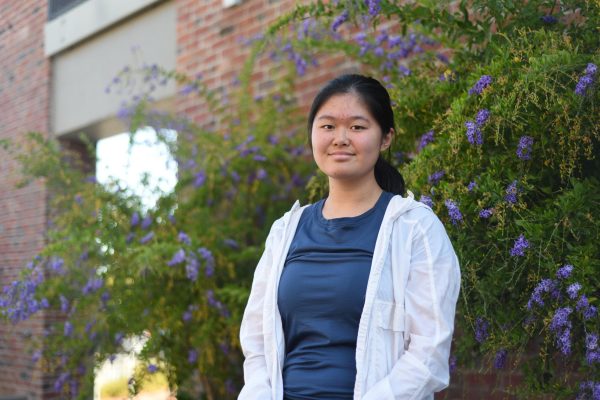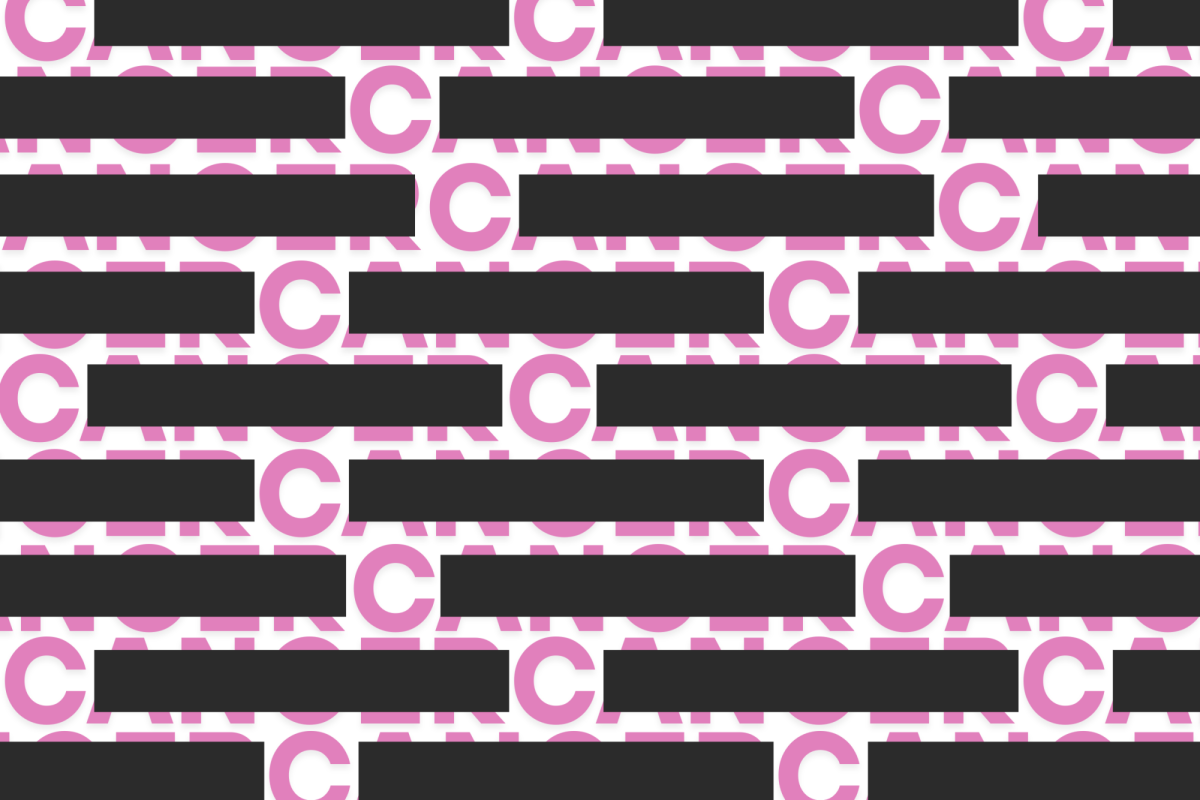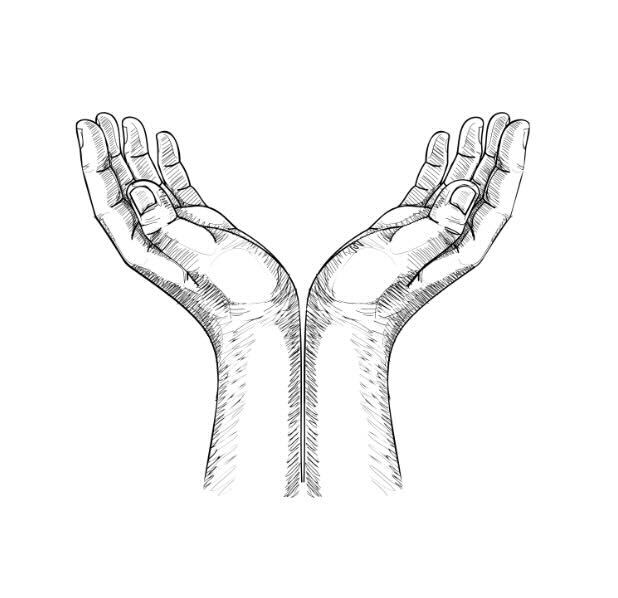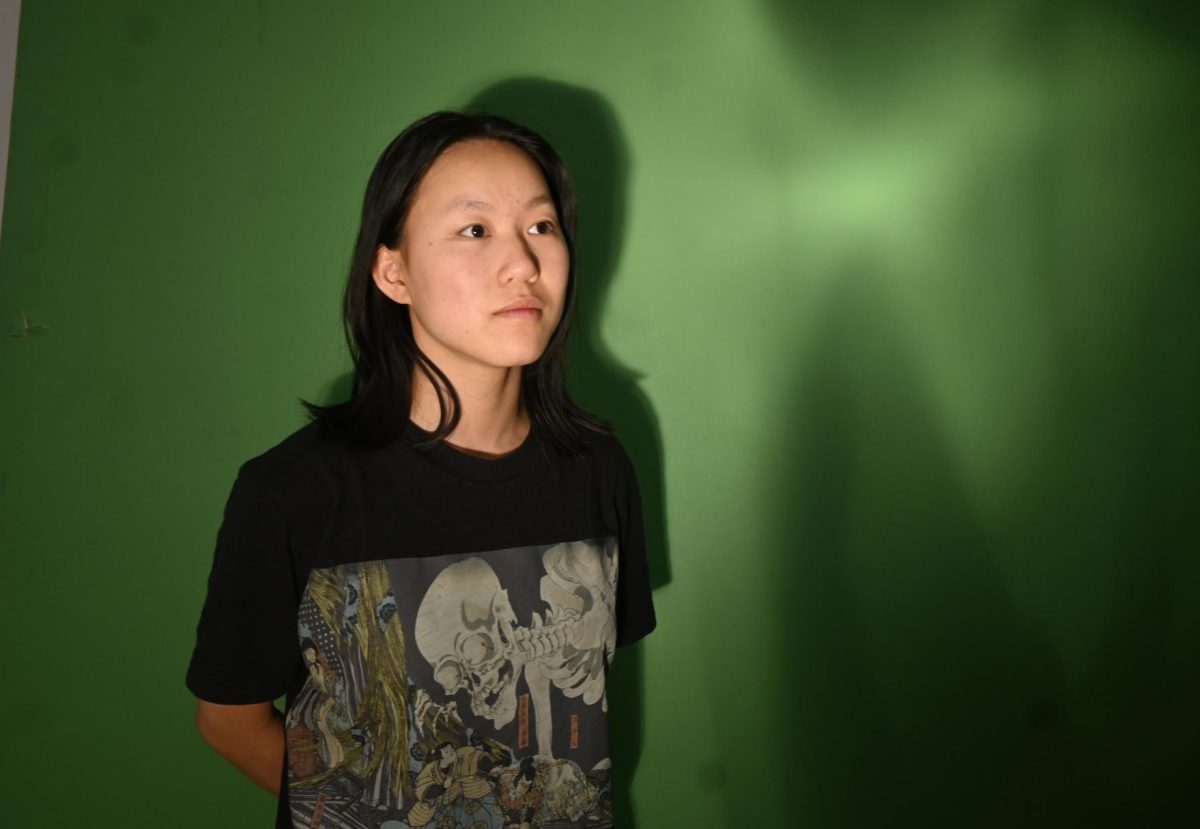The flickering orange glow of wildfires casts an eerie light over Los Angeles, drawing millions of views, donations and online outrage. Meanwhile, the devastation of the 2023 Maui fires struggled to capture the same level of national concern, barely getting social media attention after the initial shock wore off. This disparity isn’t an isolated incident — it is a symptom of a larger issue: selective activism. In an era where most of our news and advocacy is dominated by social media, people rally around causes that online celebrities address, leaving other equally pressing issues to languish in the shadows.
Social media has redefined the activism landscape, bringing unprecedented awareness to global issues. However, those same platforms that propel advocacy also breed performative engagement that fades before it can help resolve the issue. Movements such as #BlackLivesMatter and #MeToo gained global traction, raising awareness and pushing forward necessary conversations. #BlackOutTuesday was a similar case, with millions posting black squares on Instagram to show solidarity, but within days, many of these same users returned to silence, offering no further engagement in dismantling systemic racism. The illusion of support created by these viral trends often fail to translate into real change, reducing activism to an aesthetic rather than a commitment.
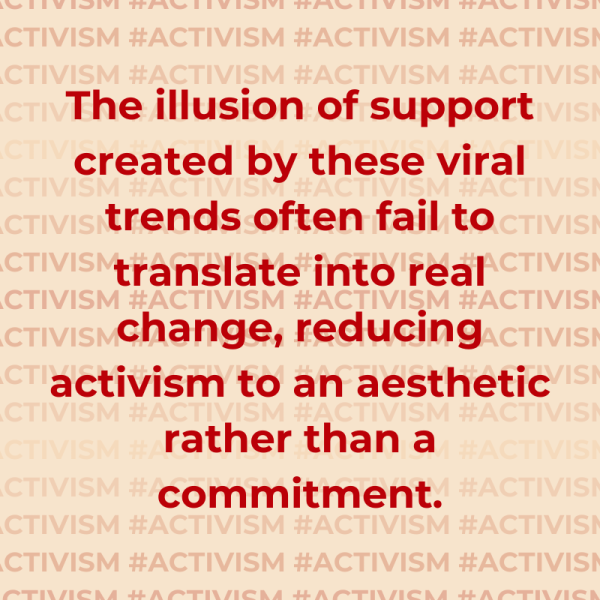 Beyond social media, mainstream media coverage and public discourse also have a tendency to lean towards topics that will receive the most views. The war in Ukraine, for example, has received extensive coverage and global support, while the ongoing humanitarian crisis in Yemen — starvation, airstrikes and displacement — has received a fraction of the coverage and remains largely overlooked. This selective spotlighting isn’t based on the scale of suffering but rather on political convenience — actions or decisions made by public figures motivated by the personal or political advantages they’ll receive — reinforcing the idea that some tragedies are more worthy of advocacy than others.
Beyond social media, mainstream media coverage and public discourse also have a tendency to lean towards topics that will receive the most views. The war in Ukraine, for example, has received extensive coverage and global support, while the ongoing humanitarian crisis in Yemen — starvation, airstrikes and displacement — has received a fraction of the coverage and remains largely overlooked. This selective spotlighting isn’t based on the scale of suffering but rather on political convenience — actions or decisions made by public figures motivated by the personal or political advantages they’ll receive — reinforcing the idea that some tragedies are more worthy of advocacy than others.
This phenomenon doesn’t just shift attention — it actively undermines genuine advocacy. When people only engage with issues that align with social trends, they leave the heavy lifting to those who have been fighting these battles all along. Furthermore, the overwhelming focus on specific causes develops a false sense of progress — merely sharing a post or using a hashtag fuels this illusion. Consider the #MeToo movement, which brought long-overdue accountability to predatory behavior in Hollywood but largely ignored the plight of lower-income workers who faced harassment without the protection of fame or wealth.
The consequences of this phenomenon weigh heaviest on marginalized communities, who are repeatedly sidelined in mainstream discourse. Indigenous rights, environmental justice and racial inequalities are too often treated as afterthoughts in the larger framework of social justice unless they align with the dominant narrative. The disproportionate attention given to the LA fires over the Maui fires exemplifies this reality. Indigenous communities in Hawaii, long at the forefront of environmental activism, saw their suffering relegated to the shadows, while a more media-friendly disaster took center stage.
It’s understandable that people gravitate toward causes they relate to — those that align more with the personal beliefs of themselves and people around them. Social media reinforces this tendency, since algorithms show content based on past interactions and general popularity, creating an echo chamber where users are only exposed to familiar perspectives. And while this algorithm can help for those specific issues, it also overshadows equally important issues by simply hiding them from their feeds. Not everyone has the capacity to champion every issue, but a lack of bandwidth is very different from willful ignorance. Choosing to never engage beyond the surface-level feeds the cycle of neglect for already marginalized issues.
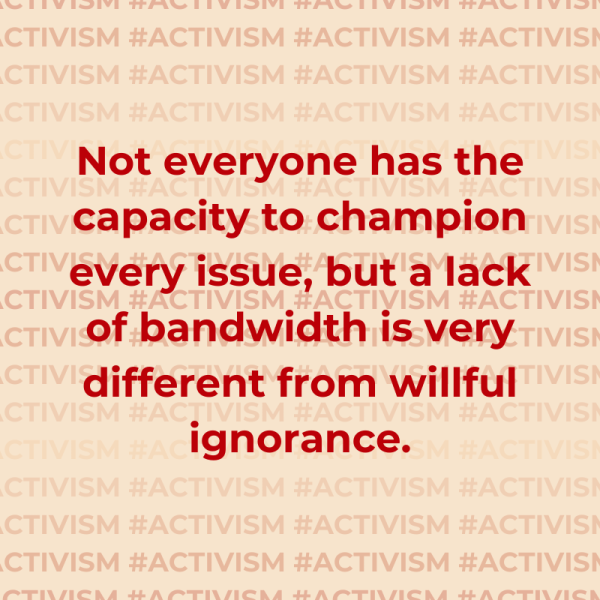 Breaking this cycle requires a conscious and consistent effort to search for information that is hidden behind what dominates social media. Education and media literacy are crucial in developing critical thinking and encouraging engagement with diverse sources. Schools shouldn’t just bring attention to the problems occurring around the world, but should also try and emphasize critical thinking within their classrooms and encourage students to seek out diverse sources and analyze the bias in the more mainstream media.
Breaking this cycle requires a conscious and consistent effort to search for information that is hidden behind what dominates social media. Education and media literacy are crucial in developing critical thinking and encouraging engagement with diverse sources. Schools shouldn’t just bring attention to the problems occurring around the world, but should also try and emphasize critical thinking within their classrooms and encourage students to seek out diverse sources and analyze the bias in the more mainstream media.
At MVHS, where academic success is often the first priority, there’s also pressure to fabricate or play up a more socially conscious facade. Many students will engage in performative activism themselves, whether it be through posting about issues they don’t exactly understand or through participating in whatever will look most impressive on their college application. Schools should encourage students to go beyond passively supporting whatever issues are popular at the moment and cultivate informed discussion over performative gestures, creating opportunities for meaningful activism.
Beyond education, media consumers must broaden their knowledge on global problems rather than passively absorbing whatever is at the top of their feed. Activism isn’t posting a single Instagram reel — it demands consistency and inclusivity. Social justice and environment responses can’t be dictated by fleeting outrage and trends. Genuine advocacy requires long-term commitment and a willingness to challenge biases, uplift lesser seen issues and work towards change driven by moral conviction rather than public or economic interest.





